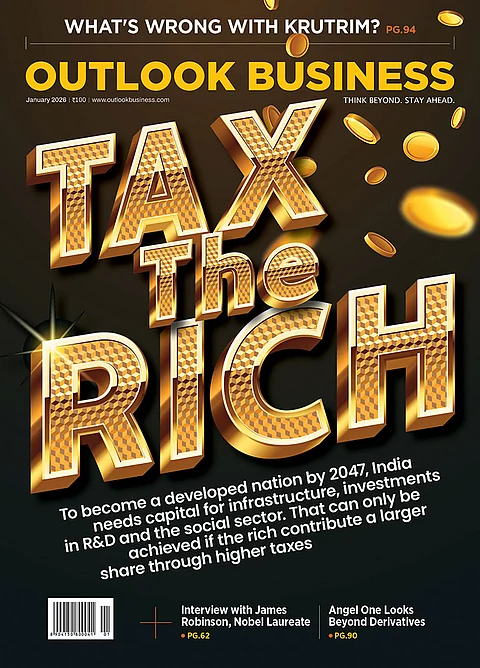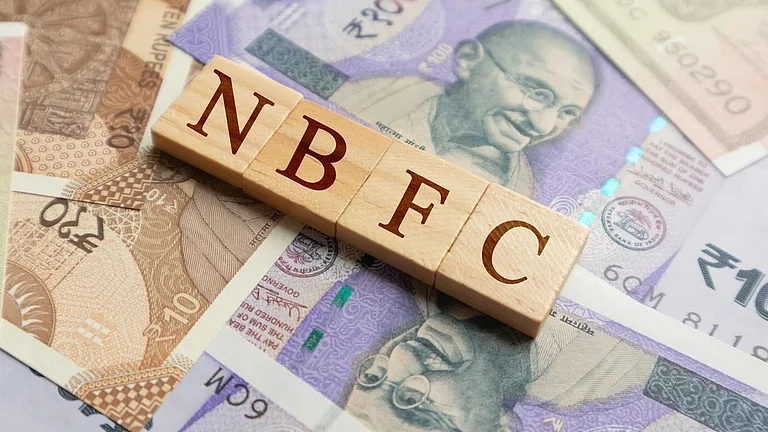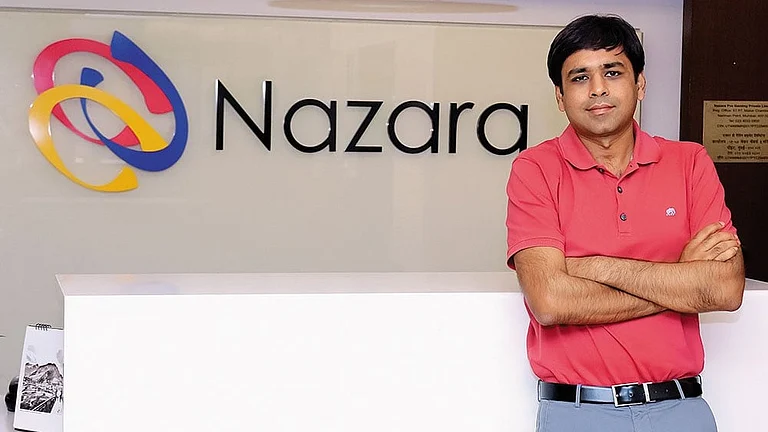After two years of funding chill, Indian start-ups are inching back to the energy last seen in 2021 – but this time, with new calibration. In the first half of 2025, the country recorded over $3.7 billion in growth-stage funding – up from the trough of 2023-24. However, the number is still far below the 2021-22 boom, which attracted $16.2 billion in the first half itself.
Besides funding, the deal sizes for $50 million rounds have also rebounded to pre-pandemic levels but remain below the 2021 peak. The first half saw around 11 mega deals, But industry experts stated that the average size of $100 million megadeals is down by 20% from the peak, reflecting more conservative investor sentiment.
This signals a shift toward mature start-ups with predictable revenue, strong governance, and clear monetisation paths. Not only mega deals, the new capital are also powering unicorns with strong fundamentals. Atleast one-third of 2025’s new unicorns are either profitable or nearing breakeven.
The shift in investor focus is evident in this year’s unicorn corp and mega deals, led by start-ups that focus on growth with solid financial discipline.
Unicorns with a Profit Playbook
Unlike growth-at-all-costs narrative, the unicorn club of 2025 signals a clear path toward profitability. For instance, fintech player Money View reported a net profit of ₹171 crore for FY24, making it profitable at the time of achieving unicorn status. Netradyne, the first unicorn of 2025, is also projecting profitability by late 2025 or early 2026 but is not yet profitable.
Other 2025 unicorns like Jumbotail, Drools, Porter, and Juspay have not publicly disclosed profitability; available data suggests most are still scaling and not consistently profitable.
“There is a sustained valuation reset in India’s late-stage venture market. Over the past two years, at least 55 companies, including high-profile names like Cred, Meesho, and Oyo have raised capital at sharply reduced valuations, sometimes down 40–75% from prior peaks,” said Kushal Bhagia, Founder and GP- All In Capital.
According to him, this reset is broad-based, affecting almost all sectors except AI (artificial intelligence), where valuations remain elevated due to heightened disruption expectations.
On the other hand, Navin Honagudi, Managing Partner, Elev8 Venture Partners believes that the unicorn tag is no longer driven by hype cycles because it’s a function of strong operating metrics and cash flow discipline.
“This signals a rebound, but a rational one. Valuations have recovered, but they’re tied to fundamentals, not just GMV or TAM projections,” Honagudi added.
Mega Deals Drive Late-Stage Momentum
India recorded 11 mega deals, with each valued at $100 million or more, in the first half of 2025. This shows 57% rise from just seven in the same period last year. The mega deal drive started with healthtech player Innovacer’s latest funding round in January, while other late stage start-ups like Zolve, Groww and Porter also secured sizeable funding.
These big-ticket investments pushed late-stage funding to account for 47% of total capital raised, an 11% increase year-on-year. However, the total number of late-stage deals dipped slightly to 69, down 4% from H1 2024. This shows that the cheque sizes are growing but investors are becoming more selective.
Investors are concentrating their bigger bets in a few high-conviction sectors like AI-enabled enterprise SaaS, tech-enabled manufacturing/export-focused plays, financial infrastructure, deeptech or AI, consume tech, healthtech, and more.
“Next generation of consumer needs quick, convenient and quality of consumption even if it is for content or food. AI-powered personalisation, predictive engagement, and agentic AI are seeing rapid adoption. Over 2,000 AI start-ups have launched in India in the last three years, with significant VC and corporate investment flowing into consumer AI ventures,” said Bhagia.
Unlike the B2C euphoria of 2021 or the fintech corrections of 2022–23, Honagudi said this year is about platform companies that enable other businesses to grow.
VCs Look Beyond Just Growth
In 2025, VCs investing in growth-stage start-ups in India are now prioritising capital efficiency and faster monetisation over pure growth. They demand disciplined use of capital, strong unit economics, and clear paths to profitability.
“Start-ups must show how they can do more with less, extend runway, and demonstrate operational durability. This is a clear shift from the “growth at all costs” mindset of 2021–22, where rapid scaling and high burn rates were tolerated,” said Bhagia.
“Even at Series A and B, investors expect a clear revenue model and evidence of monetisation. It’s no longer enough to show user growth; startups must prove they can generate revenue and move toward breakeven,” he added.
The flight to quality is real. After the correction of 2022–23, LPs are demanding more near-term visibility on returns, and growth-stage bets. Moreover, as late-stage IPOs begin to unlock, capital is being recycled upstream giving growth rounds a clear tailwind. Though the ecosystem is not back to 2021 froth, the pendulum has swung toward equilibrium.
Deal sizes are robust, especially in sectors with cross-border relevance or public-market adjacency. Unlike 2021, there’s much more diligence, slower deployment, and deeper conviction behind each mega-deal. Hence, the winter has thawed, but the ecosystem has emerged wiser.


































